Nori Feline COL1A1 ELISA Kit
$508.00 – $916.00
This ELISA kit is for quantification of COL1A1 in cat. This is a quick ELISA assay that reduces time to 50% compared to the conventional method, and the entire assay only takes 3 hours. This assay employs the quantitative sandwich enzyme immunoassay technique and uses biotin-streptavidin chemistry to improve the performance of the assays. An antibody specific for COL1A1 has been pre-coated onto a microplate. Standards and samples are pipetted into the wells and any COL1A1 present is bound by the immobilized antibody. After washing away any unbound substances, a detection antibody specific for COL1A1 is added to the wells. Following wash to remove any unbound antibody reagent, a detection reagent is added. After intensive wash a substrate solution is added to the wells and color develops in proportion to the amount of COL1A1 bound in the initial step. The color development is stopped, and the intensity of the color is measured.
Alternative names for COL1A1: Collagen type I alpha 1, alpha-1 type I collagen
This product is for laboratory research use only not for diagnostic and therapeutic purposes or any other purposes.
- Description
- How Elisa Works
- Product Citations
- Reviews (0)
Description
Nori Feline COL1A1 ELISA Kit Summary
Alternative names for COL1A1: Collagen type I alpha 1, alpha-1 type I collagen, collagen I alpha 1
Alternative names for feline: Pet cat, feral cat, stray cat, bobcat, mountain lion, Canada lynx
| Assay Type | Solid Phase Sandwich ELISA |
| Format | 96-well Microplate or 96-Well Strip Microplate |
| Method of Detection | Colorimetric |
| Number of Targets Detected | 1 |
| Target Antigen Accession Number | M3W2F5 |
| Assay Length | 3 hours |
| Quantitative/Semiquantitative | Quantitative |
| Sample Type | Plasma, Serum, Cell Culture, Urine, Cell/Tissue Lysates, Synovial Fluid, BAL, |
| Recommended Sample Dilution (Plasma/Serum) | No dilution for sample <ULOQ; sufficient dilution for samples >ULOQ |
| Sensitivity | 30 pg/mL |
| Detection Range | 156-10000 pg/mL |
| Specificity | Feline COL1A1 |
| Cross-Reactivity | < 0.5% cross-reactivity observed with available related molecules, < 50% cross-species reactivity observed with species tested. |
| Interference | No significant interference observed with available related molecules |
| Storage/Stability | 4 ºC for up to 6 months |
| Usage | For Laboratory Research Use Only. Not for diagnostic or therapeutic use. |
| Additional Notes | The kit allows for use in multiple experiments. |
Standard Curve
Kit Components
1. Pre-coated 96-well Microplate
2. Biotinylated Detection Antibody
3. Streptavidin-HRP Conjugate
4. Lyophilized Standards
5. TMB One-Step Substrate
6. Stop Solution
7. 20 x PBS
8. Assay Buffer
Other Materials Required but not Provided:
1. Microplate Reader capable of measuring absorption at 450 nm
2. Log-log graph paper or computer and software for ELISA data analysis
3. Precision pipettes (1-1000 µl)
4. Multi-channel pipettes (300 µl)
5. Distilled or deionized water
Protocol Outline
1. Prepare all reagents, samples and standards as instructed in the datasheet.
2. Add 100 µl of Standard or samples to each well and incubate 1 h at RT.
3. Add 100 µl of Working Detection Antibody to each well and incubate 1 h at RT.
4. Add 100 µl of Working Streptavidin-HRP to each well and incubate 20 min at RT.
5. Add 100 µl of Substrate to each well and incubate 5-30 min at RT.
6. Add 50 µl of Stop Solution to each well and read at 450 nm immediately.
Background:
Collagen, type I, alpha 1, also known as alpha-1 type I collagen (COL1A1), is a protein that is encoded by the COL1A1 gene. COL1A1 encodes the major component of type I collagen, the fibrillar collagen found in most connective tissues, including cartilage. Collagen is a protein that strengthens and supports many tissues in the body, including cartilage, bone, tendon, skin and the white part of the eye (sclera). The COL1A1 is a component of type I collagen, called the pro-alpha1(I) chain. This chain combines with COL1A2 to make a molecule of type I procollagen. These triple-stranded, rope-like procollagen molecules must be processed by enzymes outside the cell. Once these molecules are processed, they arrange themselves into long, thin fibrils that cross-link to one another in the spaces around cells. The cross-links result in the formation of very strong mature type I collagen fibers. Collagenous function includes rigidity and elasticity. Gene mutations cause multiple medications such as Ehlers-Danlos syndrome (1,2), osteogenesis imperfecta (3) and osteoporosis (4). ADAMTS-2, collagen type-1, TIMP-3 and papilin levels of the uterosacral ligament play essential roles in the etiopathogenesis of pelvic organ prolapse among postmenopausal women without stress urinary incontinence (5).
References
- Nuytinck L, et al. (2000). Am J Hum Genet. 66 (4): 1398–402.
- Alvarez-Hernandez D, et al. (2003). Kidney Int Suppl. 63 (85): S14–8.
- Chamberlain JR, et al. (2004). Science. 303 (5661): 1198–201.
- Grant SF, et al. (1996). Nat. Genet. 14: 203–05.
- Tola EN, et al. (2018) Eur. J. Obstet. Gynecol. Reprod. Biol. 231, 158-163
Product Citations
Be the first to review “Nori Feline COL1A1 ELISA Kit”
You must be logged in to post a review.
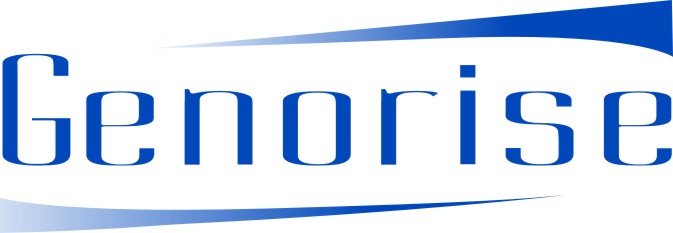

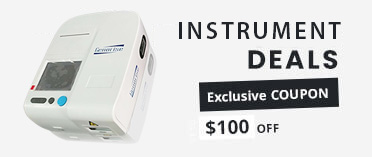
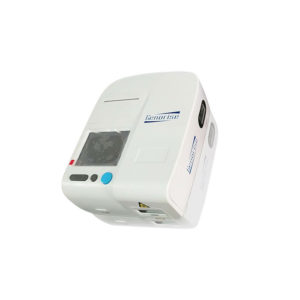
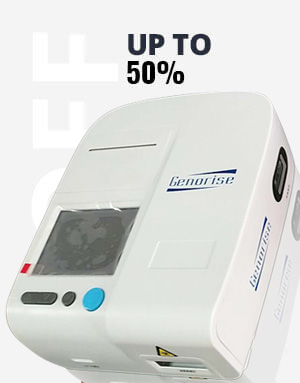


















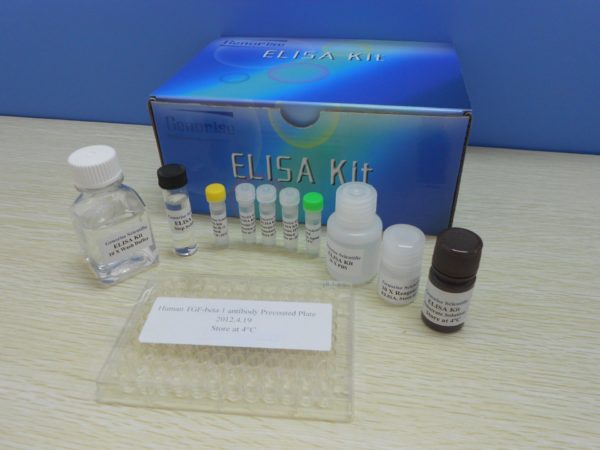
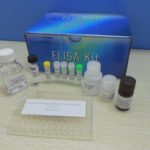

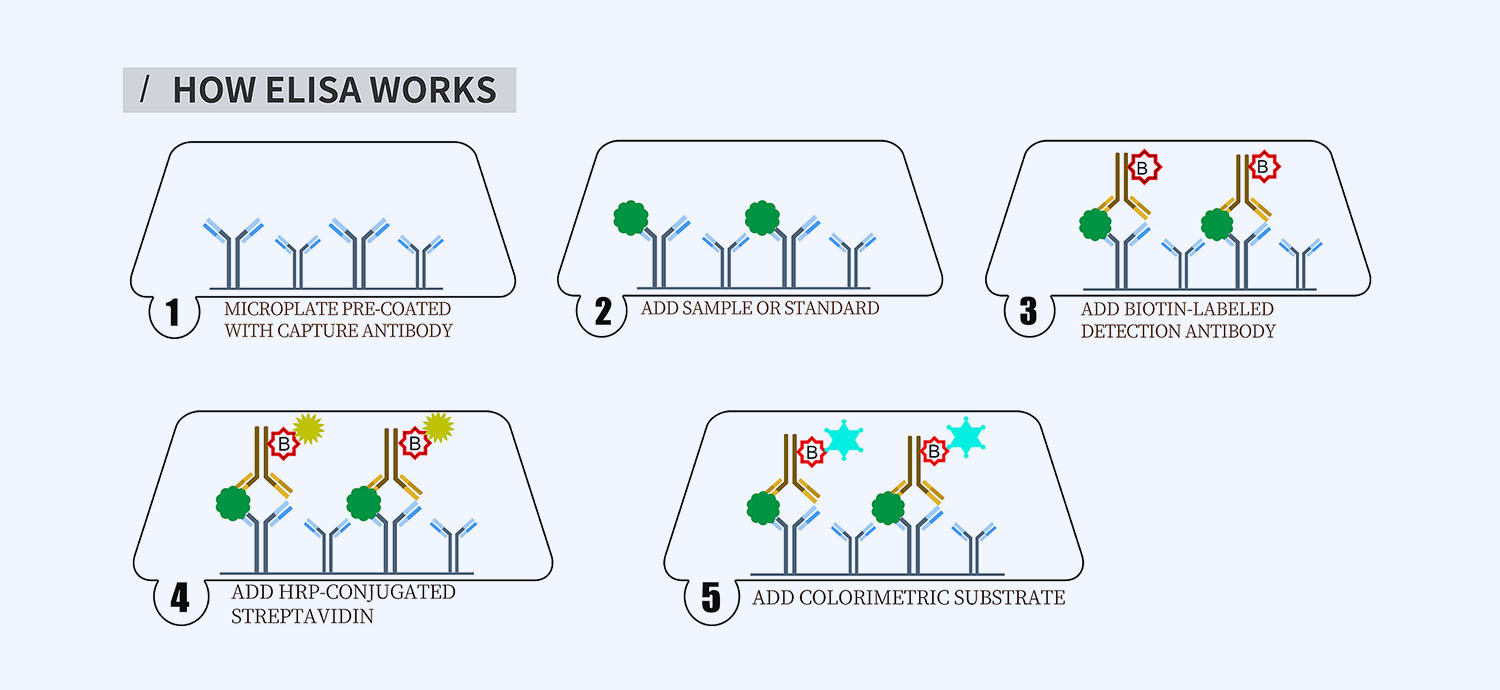
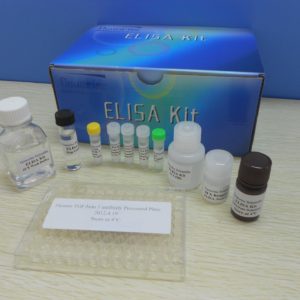
Reviews
There are no reviews yet.